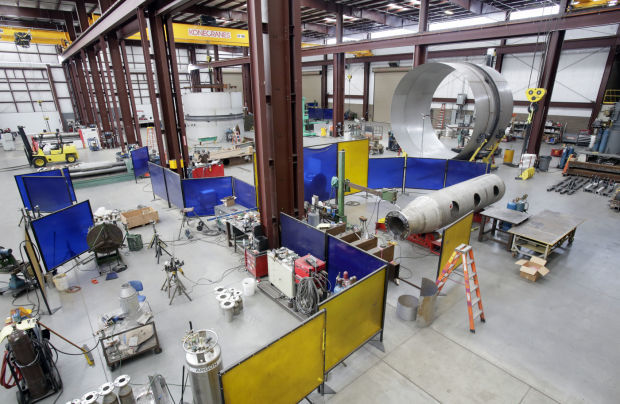By Tony Davis for Arizona Daily Star
A local pro-mining group scheduled a mining appreciation event for October, expected to draw at least 450 people paying tribute to an industry employing roughly 7,500 people in Southern Arizona. The theme was going to be “Miracles from Mining,” highlighting what organizers say are its values to the economy and society as a whole.
But after the July 31st federal court ruling halting work on the proposed Rosemont Mine, the Southern Arizona Business Coalition canceled the event. The coalition would have spent $35K, to be repaid through ticket sales, said Rick Grinnell, its vice president.
That is the first known, immediate economic impact of U.S. District Court Judge James Soto’s ruling overturning the U.S. Forest Service’s approval of the open-pit copper mine in the Santa Rita Mountains southeast of Tucson.
It likely won’t be the last.
Extended delays in building the mine, which will cost $1.9B to construct, probably means some layoffs and will definitely put on hold many jobs expected to be created in the next few years, industry experts said.
The delays could well be lengthy. Legal experts on both sides agree it could take up to 18 months and maybe two years before the 9th Circuit Court of Appeals can rule on appeals of Soto’s decision. Hudbay Minerals Inc. officials had hoped Rosemont would be online by 2022.
While a University of Arizona economist said the area’s economy will keep growing in the next couple of years regardless, industry officials say the long-term damages will be significant.
The lack of Rosemont will hurt the region’s appeal to suppliers, engineering firms and other businesses that would draw business from the mine, they say. That reduces the number of mining-related companies locating here.
It will cause mining companies to look outside the United States, increasing our dependence on imported minerals, they say.
Mine opponents, however, see delays or defeat of Rosemont as an economic positive, based on their concerns — hotly debated among federal agencies — that the mine would pollute and dry up some water supplies.
One Tucson-based employer that could experience layoffs this year due to Rosemont construction delays is Caid Industries, said Bill Assenmacher, the company’s CEO. The company builds fabricated metal parts, tanks, mechanical piping and other equipment used in mining.
His company had secured a letter of intent from Hudbay to do some of the water line work for the mine, work that’s now on hold, he said.
Most immediately on hold are construction-related jobs, totaling about 150 at first and eventually rising to more than 2,500 workers at the peak of construction, Hudbay has said.
Another 1,500 jobs would be generated indirectly through spending by people working the construction jobs, and other factors, said Hudbay, which had expected to spend $122M during construction’s early stages.
Grinnell said his understanding is that around the first 30 days after mine construction started, the total construction-related job count would have risen to 300 to 500.
Before the ruling, Hudbay was advertising online for mechanics, engineers, supervisors, welders and electricians, at average pay of $30 to $32 an hour, said Manny Armenta, a district director for the United Steelworkers, which represents workers at Asarco’s three Arizona mines and the Hayden smelter.
When operating, the mine would have more than 500 long-term jobs, paying more than twice Tucson’s median wage, Hudbay has said.
Opponents have said Rosemont will discourage tourism and home sales in the surrounding area. Opponents commissioned studies warning of such economic damage, just as the mining company commissioned studies touting future economic benefits.
“The damage that the Rosemont Mine will inflict on our environment is permanent. Compromising our water supply in the matter that mine is proposing will have long-lasting and significant economic ramifications,” said David Steele, a spokesman for Save the Scenic Santa Ritas, one of four environmental groups whose lawsuit led to Judge Soto’s ruling.
Steele also noted that outdoor recreation is a billion-dollar industry in Arizona, and that the Arizona Game and Fish Department has said Rosemont would “render the northern portion of the Santa Rita Mountains virtually worthless as wildlife habitat and as a functioning ecosystem.”
In the long term, a setback for Rosemont will mean fewer industrial jobs for the entire region, he added. With fewer mines, that means less need for support and maintenance work and for replacing equipment, he said.
Rosemont delays’ impacts also will fall on Tucson Electric Power. Rosemont would be its largest customer.
Once the mine got going, TEP’s other customers would benefit financially from its presence, utility spokesman Joe Salkowski said. Because the mine’s electric bills would cover some of TEP’s fixed costs, its operation would reduce costs that other customers will pay through rates, he said.
Read more at Arizona Daily Star.

